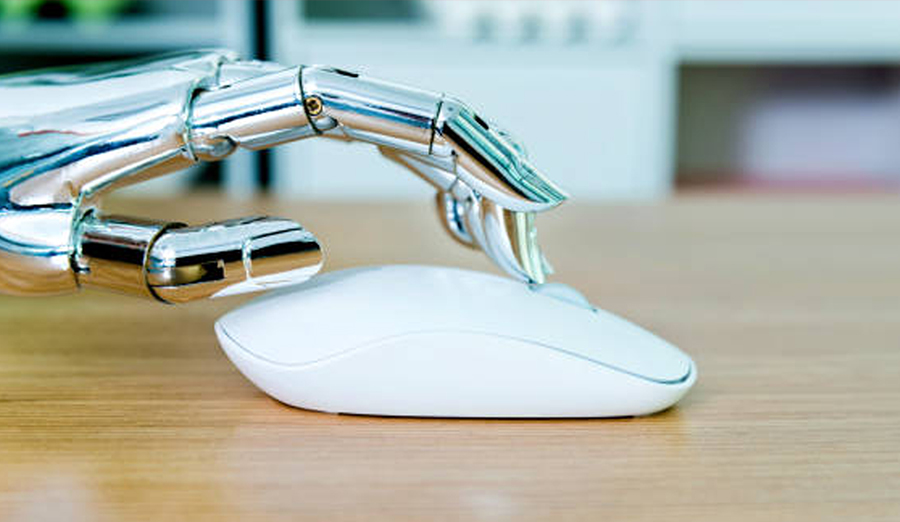Graphic Design Automation in Advertising

Artificial intelligence (AI), sometimes called machine intelligence, is intelligence demonstrated by machines, in contrast to the natural intelligence displayed by humans. Colloquially, the term “artificial intelligence” is often used to describe machines (or computers) that mimic “cognitive” functions that humans associate with the human mind, such as “learning” and “problem-solving”.
Graphic design is the process of visual communication and problem-solving through the use of typography, photography, and illustration. The field is considered a subset of visual communication and communication design, but sometimes the term “graphic design” is used synonymously. Graphic designers create and combine symbols, images, and text to form visual representations of ideas and messages. They use typography, visual arts, and page layout techniques to create visual compositions. Common uses of graphic design include corporate design (logos and branding), editorial design (magazines, newspapers, and books), wayfinding or environmental design, advertising, web design, communication design, product packaging, and signage.
The combination of the two (artificial intelligence and graphic design) is the process of automating the design process so there is little to no human involvement. In a sense, taking the human elements of critical and creative thinking out of the equation and allowing a machine to find the best possible solution to a design problem. Adding a third variable into the equation: advertising (which is much more left-brain oriented in the sense of coming up with clever slogans, for example), makes automated design even harder to accomplish effectively. However, this has already begun as I will outline examples below.
The following are a few platforms in existence today that embrace templates, not true machine learning, to help automate the design process. Even thought these platforms aren’t true artificial intelligence, they still save the user a lot of time when compared to creating from scratch.
Canva. Canva is an online-based software for creating social media graphics, flyers, banners, presentations and more. Canva is pre-populated with design templates for users to edit and customize to fit their needs.
Crello. Crello is another online based software for creating business cards, videos, online ads and more. Again, Crello uses pre-designed creative which is customized/edited by the user for their needs. The finished designs are then exported in industry-standard file formats.
Tasty Ad. Tasty Ad is an online-based, automated design software for the Out of Home (OOH) advertising industry. Specifically billboards. With Tasty Ad the user selects from pre-designed billboard ads in whatever size fits their screens or structures, then customizes the ads with their customer’s information. Tasty Ad takes it a step further by automatically importing any advertiser’s information into the ads. Such as logos, address, phone numbers, color schemes, etc. It then takes the finished designs and places them onto billboard backgrounds.
While the process of automating graphic design and advertising is well under way, there are major drawbacks that suggest we are still many years away from full artificial intelligence in the design industry. There are nuances in design that are extremely difficult to emulate with a machine/computer. There are also biases in advertising the designer has to keep in mind. Social and ethical fairness is something that a machine may never be able to truly understand.

